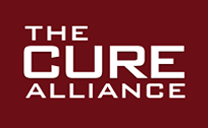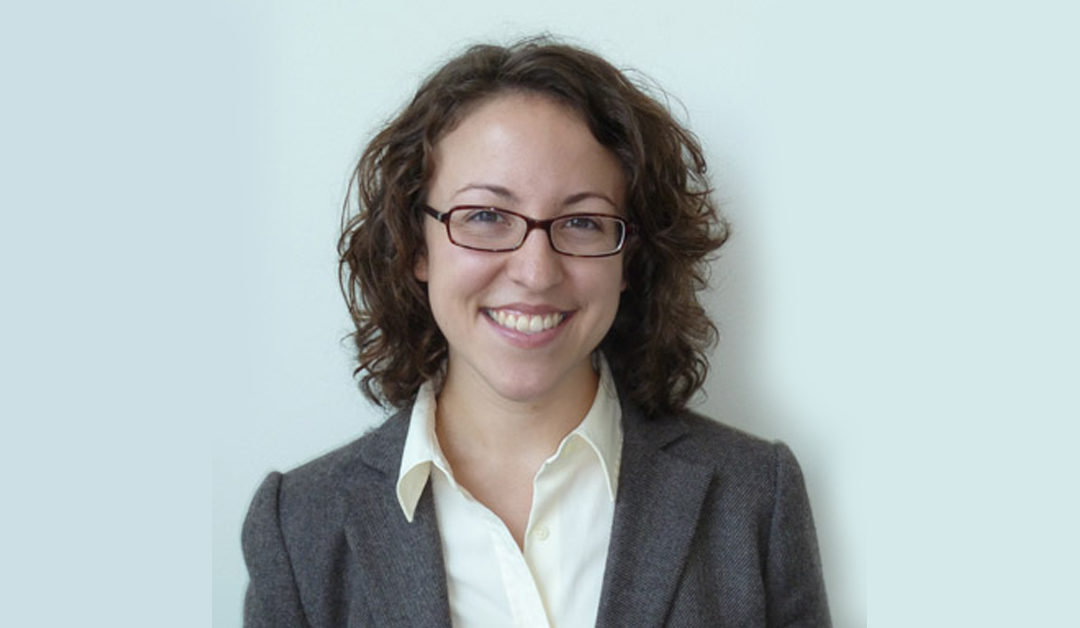MIT Economist Heidi Williams Wins MacArthur Foundation “Genius” Grant for Exposing Invisible Barriers to Cures
Since its creation, The Cure Alliance has pointed to the need to reform patent laws as a key barrier to curing disease. We have exposed the three-year backlog in the U.S. Patent Office, the issue of over-reaching patents that serve as toll booths for scientists and the practice of “patent-blocking” (see CellR4 2015: 3(4);e1620.)
Now, the MacArthur Foundation has put a spotlight on some invisible barriers by awarding a MIT economist a “genius grant” for her scholarly work showing something once too abstract to argue: what roads to discovery are not even explored because they are just not worth it. Scientists have long known it. Big Pharma has known it, too. Heidi Williams has now offered undisputed economic evidence of how patent laws invisibly disrupt our ability to cure chronic, debilitating and fatal diseases. She is, indeed, a genius.
As a result of Ms. Williams work, a counter-intuitive argument can now be made to extend the life of a patent developed by a pharmaceutical company. Imagine that. Here is a great article from Bloomberg’s John Tozzi:
September 30, 2015 — 12:47 PM EDT
Imagine a pill that eliminates the risk of cancer if you take it for 20 years. Such a breakthrough would become a blockbuster drug, making many billions in profit for the pharmaceutical company that discovered it, right?
In fact, it might never be developed, as research from MIT economist Heidi Williams illustrates. Williams was awarded a MacArthur Foundation “genius” grant yesterday for investigating how invisible incentives built into the economy affect the kinds of cures the medical industry produces.
Our imaginary pill would be an unquestionable public benefit. But a drug company would have to spend decades doing clinical trials to prove that it works and get the Food and Drug Administration’s approval. By the time it was done, the patent on the discovery, typically 20 years, would have expired, and the creator’s window to profit from it would be closed.
Companies’ incentives don’t always align with what’s best for the broader public. Williams used real-world data to understand these kinds of distortions in the economy and measure something that’s typically very hard to detect: what we’re missing out on.
“We don’t have a great sense of whether we’re getting the right sort of medical technology developed,” said Williams, a 34-year-old with degrees from Dartmouth, Oxford, and Harvard.
Williams posited, for example, that there’s “missing” investment in long-term research by drug companies, in a July paper published in the American Economic Review with colleagues from MIT and the University of Chicago.
The researchers sorted cancer trials conducted between 1973 and 2011 according to the stage of cancer they targeted. Drugs that target more advanced stages tend to have shorter trials, because it’s easier to measure whether they extend the lives of very sick patients, compared with people with earlier, less lethal tumors. Williams and her colleagues found that companies underinvest in cancer drugs that would take an extended time to get to market.
It makes sense. Patent protection begins when a drug is discovered, not when it’s approved for sale. So companies that make treatments for late-stage cancer have more time to sell them profitably.
In fact, the study found that drug-company investment increased with the stage of cancer targeted. In essence, pharma R&D labs work much harder trying to get the sickest patients a few more months of life than trying to treat tumors at an earlier stage, which could add years to patients’ lives. Investment to prevent cancer before it occurs was a blip—just 500 of the more than 40,000 trials conducted. The paper points out that eight therapies to treat lung cancer have reached the market in the past five years, and all eight target the most advanced form of the disease.
There may be explanations for this besides the incentive to maximize patent protection. The science of earlier-stage cancers might be more challenging, for example. But Williams found other evidence that broken incentives are at work.
Sometimes scientists use shortcuts known as “surrogate endpoints” to test the effectiveness of drugs. Instead of measuring the actual outcome—how long a cancer patient survives—surrogate endpoints look at other things thought to be associated with that outcome, such as the count of blood cells in patients with blood cancers.
It’s controversial because of the risk that the drug could affect the substitute measure without actually making the patient better. But valid endpoints speed up trials. Williams found that when they’re used, they increased R&D into the kinds of trials that drug companies might have otherwise deemed too long.
The takeaway is that we might be missing out on more than we realize. Williams said she talks to scientists in the medical industry who see how companies decide to spend their research budgets. “There are projects that are good and scientifically feasible projects that aren’t getting done because there aren’t sufficient incentives,” she said.
Policymakers can try to adjust those incentives by subsidizing neglected research, for example, or granting companies extended monopolies on drugs that take longer to develop. But government and industry can’t begin to address the problems until we know where the incentives are broken.
We hope Heidi Williams will now become a leading national voice in the fight to lift all barriers to curing not just the disease which touches your family, but everyone else’s as well.
Support #thecurealliance
Support the 21st Century Cures Act.

